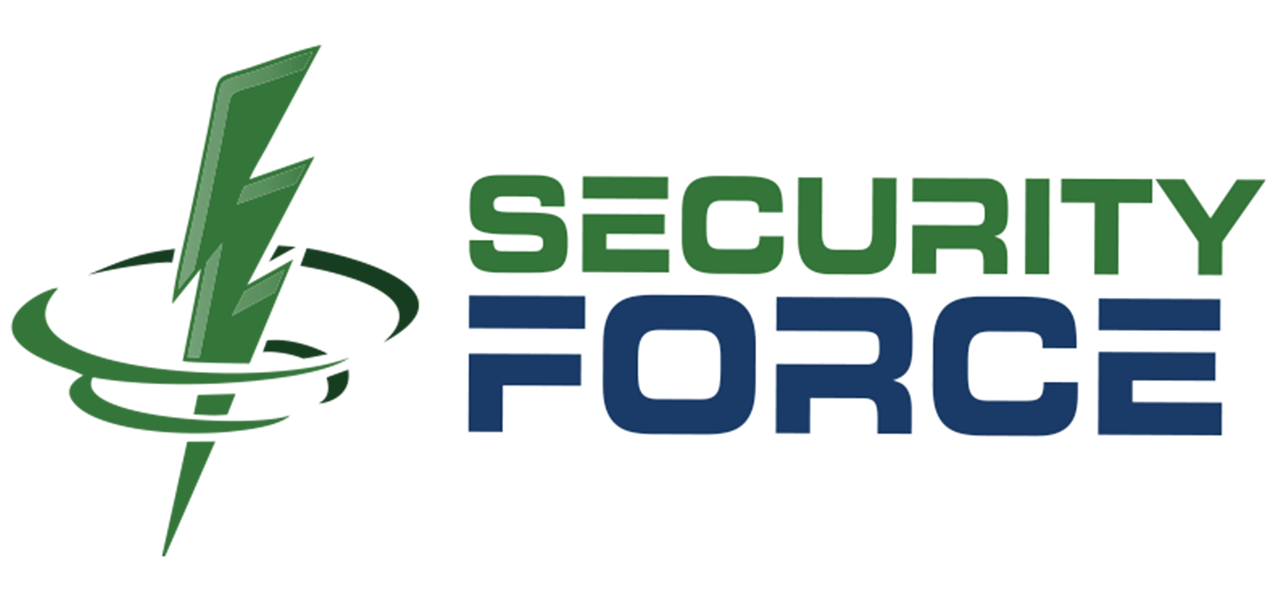In the realm of access control systems, secure communication between devices is crucial. Three prominent protocols facilitate this communication: Clock and Data, Wiegand, and OSDP. Each protocol has its strengths and weaknesses, shaping the security, functionality, and scalability of access control systems. In this post, we’ll delve into the details of each protocol, highlighting their differences and applications.
Clock and Data Protocol
The Clock and Data protocol is an older, widely used communication standard in access control systems. It transmits data using two separate wires: one for clock signals and another for data. This protocol supports various card reader technologies, including magnetic stripe, proximity, and barcode readers.
Pros:
- Simple implementation
- Low cost
- Wide compatibility
Cons:
- Limited security features
- Vulnerable to data tampering and eavesdropping
- Supports only low-speed data transfer
Wiegand Protocol
Developed in the 1980s, the Wiegand protocol is another widely adopted standard. It utilizes a single wire pair for both clock and data signals. Wiegand is commonly used in card readers, keypads, and biometric devices.
Pros:
- Simple to implement
- Low cost
- Wide industry adoption
Cons:
- Limited security features
- Vulnerable to data tampering and eavesdropping
- Supports only low-speed data transfer
- Limited scalability
OSDP (Open Supervised Device Protocol)
OSDP is a more modern, secure protocol developed by the Security Industry Association (SIA). It offers advanced security features, scalability, and flexibility. OSDP supports various device types, including card readers, biometric scanners, and locks.
Pros:
- Enhanced security through encryption and authentication
- Supervised connections for real-time monitoring
- Scalable and flexible architecture
- Supports high-speed data transfer
Cons:
- Higher implementation cost
- Requires more complex setup
- Limited compatibility with legacy systems
Comparison Summary
| Protocol | Clock and Data | Wiegand | OSDP |
|---|---|---|---|
| Security | Low | Low | High |
| Scalability | Limited | Limited | High |
| Compatibility | Wide | Wide | Growing |
| Data Transfer | Low-speed | Low-speed | High-speed |
| Implementation | Simple | Simple | Complex |
| Cost | Low | Low | Higher |
Choosing the Right Protocol
When selecting an access control communication protocol, consider the following factors:
- Security requirements: OSDP offers superior security features.
- Scalability needs: OSDP supports larger, more complex systems.
- Compatibility: Clock and Data and Wiegand are widely adopted.
- Budget: Clock and Data and Wiegand are more cost-effective.
In conclusion, while Clock and Data and Wiegand protocols have their advantages, OSDP’s enhanced security and scalability make it the preferred choice for modern access control systems. As security demands evolve, migrating to OSDP can future-proof your access control infrastructure.

